Essential Materials You Need to Make a Stop Motion Animation
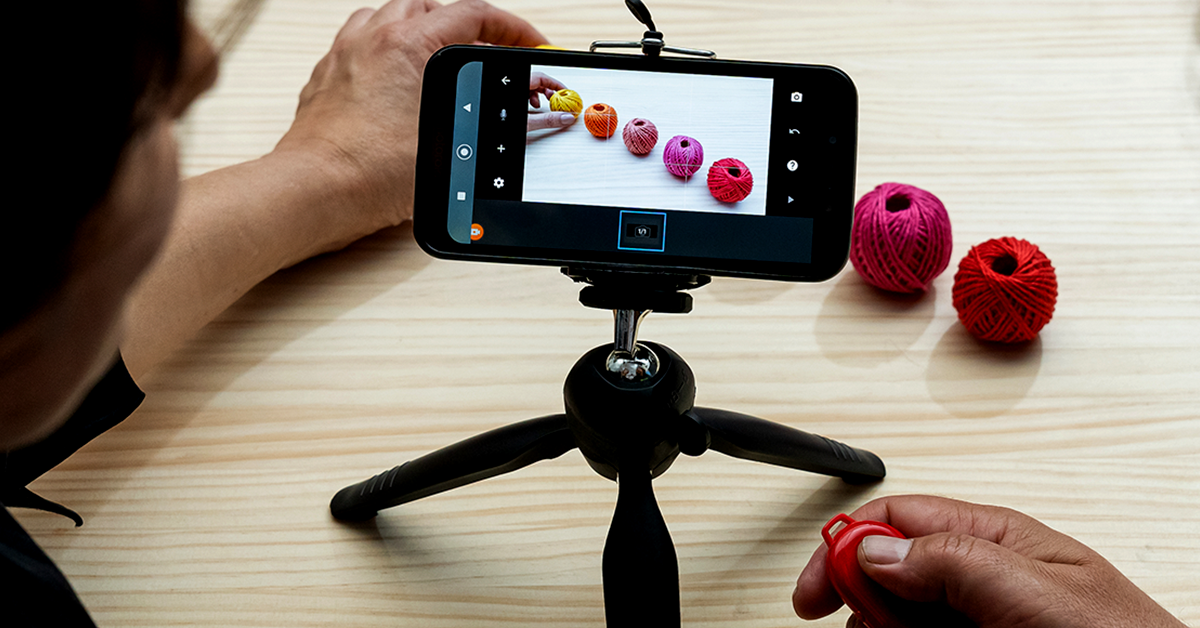
Get to grips with the basic tools and everyday items you need to make a stop motion film, frame by frame
Stop motion is as old as film itself. An animation technique popularized by directors of the caliber of Tim Burton, Wes Anderson, and Jan Švankmajer, the wonderful genre lends film projects unique character. Today, it’s also used in advertising, music videos and even video games.
Coke Riobóo and Lourdes Villagómez (@cokeylourdes) are passionate stop motion artists. They created Laboratorio de Imagen Animada (LIA - Laboratory of Animated Images) to promote indie animation through workshops all over the world. They explain the essential materials and tools you need to start filming in stop motion with incredible results.
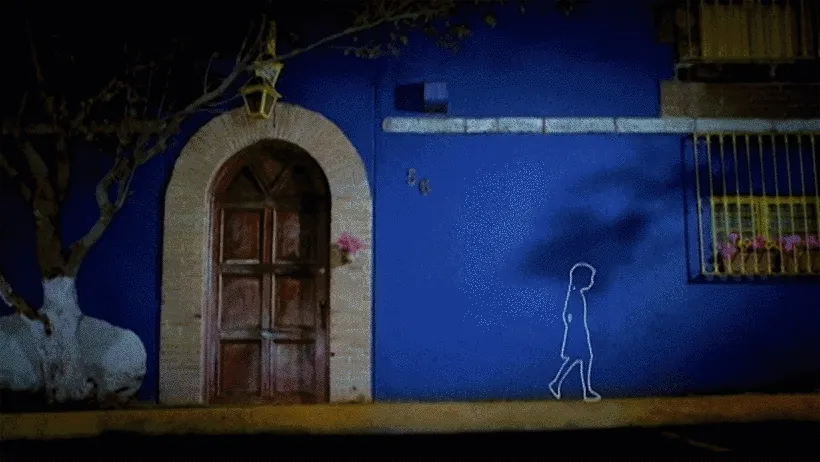
What is stop motion animation?
Stop motion is also known as frame-by-frame animation. The technique involves simulating continuous movement by taking a sequence of static shots of items that move very slightly from one frame to the next.
Every frame of a stop motion production is, in fact, a still. The figures and objects in the scene are repositioned marginally in every shot, maintaining the logical continuity of their movement. So when these frames are played back at the right speed, it looks as if the figures are moving unaided. And you're watching an animated film.
Many see stop motion as the purest form of animation, because the figures have to be moved progressively by hand, frame by frame, and you can’t go back and correct things.
Discover the origins of stop motion.
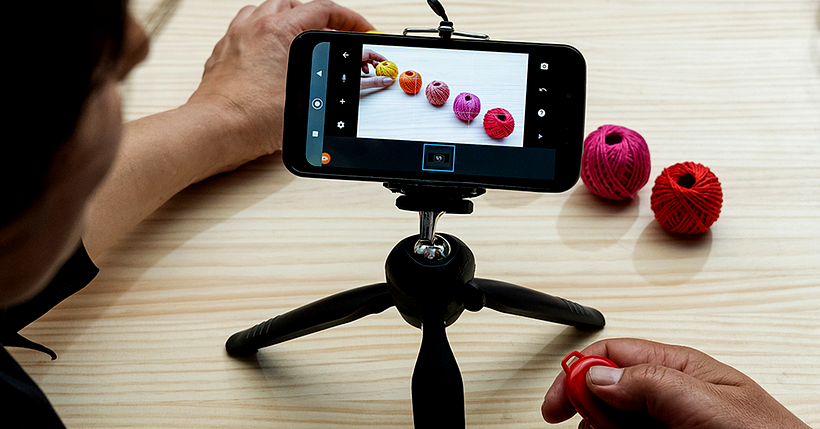
What can you animate in stop motion?
As stop motion usually brings inanimate objects to life, it can be used to animate anything that can be moved and photographed frame by frame. Films, for example, feature anything from dolls or plasticine figures, to human actors who are animated using a technique known as "pixilation".
Materials and tools
Our experts put together a list of the materials you need to get started in stop motion.

- Aluminum wire
This is one of the most common stop motion materials. It’s used to build the structures of your figures and to reinforce objects so that you can change their position. It’s available online or from specialist stop motion suppliers.
Insider tip: our experts recommend looking at bonsai sites, where it’s often cheaper and available in a wide range of thicknesses.
- Epoxy putty
Epoxy putty is another very common animation material. It can be used to fill or reinforce specific parts of your figures and even to model features that need to be hard, for example, shoes. You can find this material online or at specialist hardware stores.
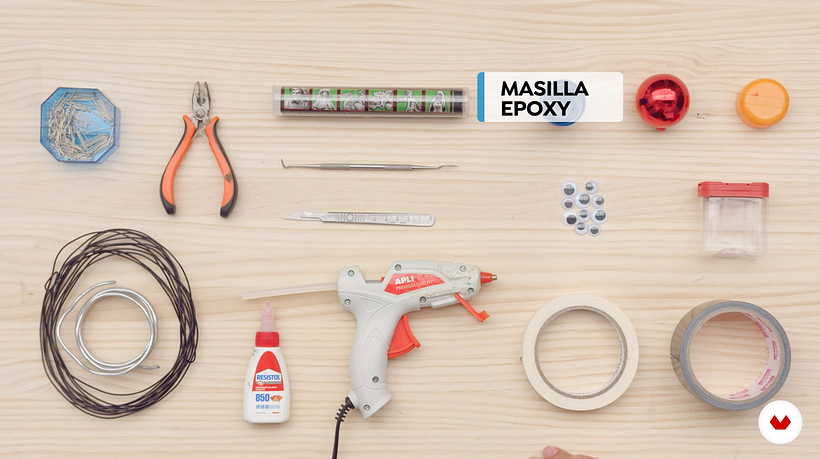
- Glue
Lots of different types of glue are used in stop motion. Cyanoacrylates are the most common.
- Hot glue gun
This is the main tool you need to work with recycled materials because it helps keep parts in place.
- Adhesive tapes
- Pins
- Utility knife
- Modeling stick
- Pliers
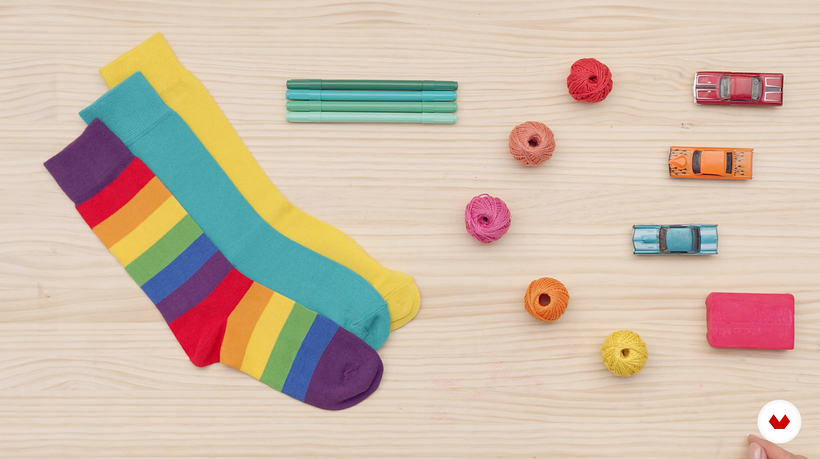
Everyday items you can animate
As mentioned earlier, you can animate anything in stop motion animation so long as you can change its position in every frame. Our artists use a range of materials you can find around the house to create simple, powerful, animations in their course.
Here's a selection of their stars for changing shapes, mixing up colors, and creating movement easily:
- Plasticine
Great for making quick alterations, plasticine is one of the most popular materials in stop motion. It's incredibly malleable, which allows you to change the size and shape of the things you’re working with helping you to achieve a dynamic project.
- Socks
Using socks enables you to create an animation where it looks as if your feet are moving as they change color.
- Felt tip pens
Changing the position of each pen makes it look as if it’s changing color.
- Different colored threads
Similar to the pens, by swapping in different colored balls of thread as you unravel them you can create an animation in which it looks as if the thread is changing color.
- Toy cars
Create animations that emulate the movement of each car.

Now that you know a little more about the materials and tools you need to get started in stop motion animation and explore the animated world, don’t miss Coke and Lourdes' course,Stop Motion: Create Animations with Your Smartphone course.
Through the course, you'll learn how to create unique animations out of everyday items on your smartphone and how to experiment with a range of stop motion techniques.
You may also like:
- 12 Basic Principles of Animation
- What is Stop Motion?
- The First Special Effects: From Méliès to Marvel
- 6 Professional Online Animation Courses for Beginners





0 comments